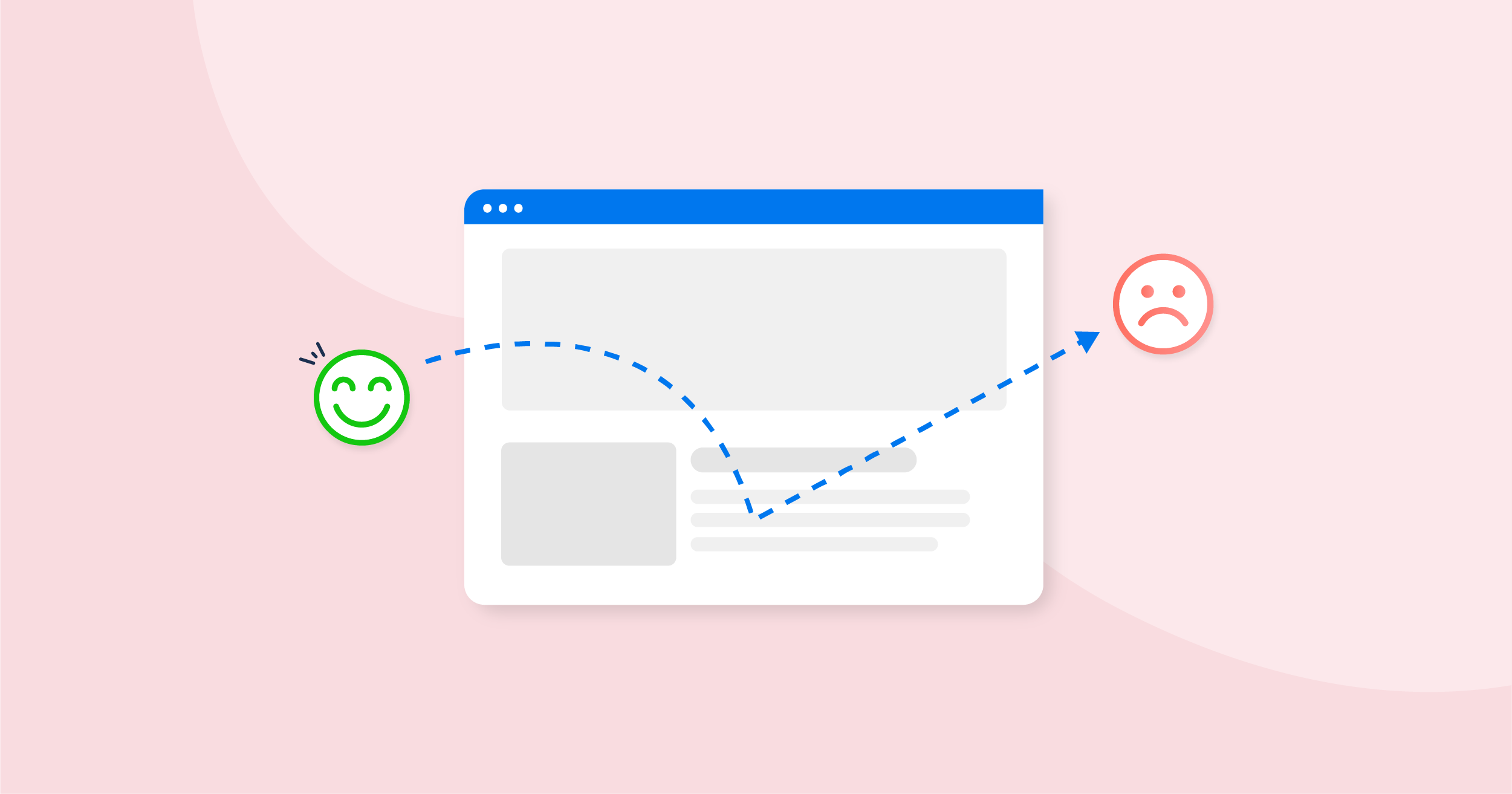Email communication plays a vital role in our personal and professional lives. However, one common challenge that email senders face is dealing with bounced emails. Understanding the email bounce process is crucial for maintaining a healthy email deliverability rate and optimizing your email marketing campaigns. In this article, we'll explore the types of email bounces, how to handle them effectively, and best practices to improve your email delivery success.
What is an Email Bounce?

An email bounce occurs when an email message cannot be delivered to the intended recipient's inbox and is returned to the sender. This can happen due to various reasons, such as an invalid or non-existent email address, a full inbox, or technical issues on the recipient's mail server.
Types of Email Bounces
Email bounces are classified into two main types:
- Soft Bounces: Soft bounces are temporary delivery failures. They occur when an email cannot be delivered to the recipient's inbox at a specific time but might be successfully delivered in the future. Common causes of soft bounces include temporary server issues, recipient's mailbox being full, or the email size exceeding the recipient's limit.
- Hard Bounces: Hard bounces are permanent delivery failures. They occur when an email cannot be delivered to the recipient's inbox due to permanent reasons. Hard bounce causes include an invalid or non-existent email address, a blocked domain or IP address, or the recipient's mail server rejecting the email.
Effective Handling of Bounced Emails
Proper handling of bounced emails is crucial for maintaining a healthy email sender reputation and maximizing email deliverability. Here are some best practices for handling bounced emails:
- Monitor Bounce Rates: Regularly monitor your bounce rates to identify any issues or trends. High bounce rates can indicate problems with your email list quality or sender practices that need to be addressed.
- Categorize Bounce Types: Classify bounced emails as soft bounces or hard bounces based on the bounce message received. This categorization helps you determine the appropriate action to take for each type.
- Automate Bounce Handling: Implement an automated bounce handling system that can process bounce notifications and take necessary actions automatically. This saves time and ensures timely management of bounced emails.
- Update Email Lists: Remove hard-bounced email addresses from your mailing lists immediately. Continuing to send emails to invalid or non-existent addresses can harm your sender's reputation and email deliverability.
- Investigate Soft Bounces: For soft bounces, closely monitor the bounce patterns. If a particular email address consistently soft bounces, consider reaching out to the recipient to confirm the validity of the address or investigate potential issues on their end.
Best Practices for Avoiding Bounces

While handling bounces is essential, it's equally important to take preventive measures to minimize bounce rates. Here are some best practices for avoiding bounces:
- Maintain a Clean Email List: Regularly clean and update your email list by removing invalid or inactive email addresses. This helps in reducing the chances of sending emails to non-existent addresses.
- Use Double Opt-In: Implement a double opt-in process for new subscribers. This ensures that only genuine and active email addresses are added to your list, reducing the risk of bouncebacks.
- Authenticate Your Emails: Implement email authentication protocols such as SPF (Sender Policy Framework), DKIM (DomainKeys Identified Mail), and DMARC (Domain-based Message Authentication, Reporting, and Conformance). Authentication helps in verifying your identity as a legitimate sender and reduces the likelihood of your emails being flagged as spam or bounced.
- Regularly Update DNS Records: Keep your DNS (Domain Name System) records current to ensure proper email routing and delivery. This includes configuring MX (Mail Exchange) records correctly and regularly reviewing your DNS settings.
- Avoid Spam Trigger Words: Craft your email content carefully, avoiding spam trigger words and phrases that can increase the chances of your emails being flagged as spam. Use reputable email marketing tools that provide spam checking features to ensure compliance with industry standards.
- Test Email Deliverability: Regularly test your email deliverability by sending test emails to different email providers and checking for potential issues. This helps in identifying any deliverability problems before sending out actual campaigns.
Frequently Asked Questions (FAQs)
- Q: How can I determine if an email has bounced?: Bounced emails are typically accompanied by a bounce notification or a delivery failure message. These messages provide information about the type of bounce (soft or hard) and the reason for the bounce.
- Q: What should I do with soft bounced emails?: Soft bounces are usually temporary issues, so it's recommended to keep retrying delivery for a certain period. However, if an email consistently soft bounces or the bounce rate is high, it's advisable to investigate the issue further.
- Q: How can I reduce bounce rates?: You can reduce bounce rates by maintaining a clean email list, implementing email authentication protocols, and following best email content and delivery practices.
- Q: Can bounces affect my email deliverability?: Yes, high bounce rates can negatively impact your email deliverability and sender reputation. Internet Service Providers (ISPs) and email providers consider bounce rates as a factor when determining whether to deliver your emails to the recipients' inboxes.
Conclusion
Understanding the email bounce process and implementing effective bounce-handling practices are crucial for maintaining a successful email marketing strategy. By categorizing and addressing different types of bounces, regularly monitoring bounce rates, and following best practices for avoiding bounces, you can enhance your email deliverability and ensure your messages reach the intended recipients' inboxes. Remember to continually review and optimize your email practices to achieve better results and build strong relationships with your email subscribers.



